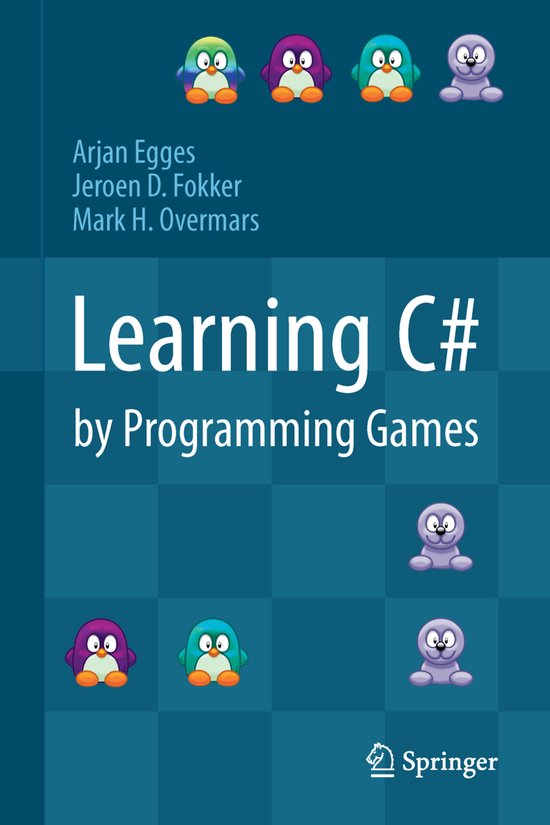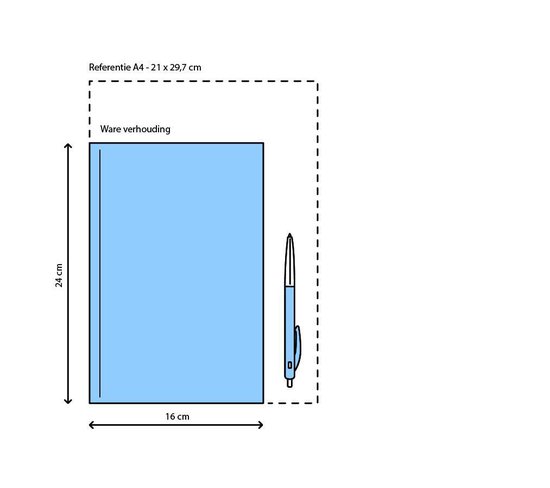Starting with a simple shooting game, the authors move on to puzzle games consisting of multiple levels, and conclude the book by developing a full-fledged platform game with animation, game physics, and intelligent enemies.
C# is the language of choice for learning how to program. It is a very well structured object-oriented language and avoids some of the problems of Java. An excellent free programming environment is available for C#, as well as a game programming framework. And (if necessary) moving from C# to C++ is easy.
Developing computer games is a perfect way to learn how to program in modern programming languages. This book teaches how to program in C# through the creation of computer games – and without requiring any previous programming experience.
Contrary to most programming books, Egges, Fokker and Overmars do not organize the presentation according to programming language constructs, but instead use the structure and elements of computer games as a framework. For instance, there are chapters on dealing with player input, game objects, game worlds, game states, levels, animation, physics, and intelligence. The reader will be guided through the development of four games showing the various aspects of game development. Starting with a simple shooting game, the authors move on to puzzle games consisting of multiple levels, and conclude the book by developing a full-fledged platform game with animation, game physics, and intelligent enemies. They show a number of commonly used techniques in games, such as drawing layers of sprites, rotating, scaling and animating sprites, showing a heads-up display, dealing with physics, handling interaction between game objects, and creating pleasing visual effects such as snow or glitter. At the same time, they provide a thorough introduction to C# and object-oriented programming, introducing step by step important aspects of programming in general, including many programming constructs and idioms, syntax diagrams, collections, and exception handling.
The book is also designed to be used as a basis for a game-oriented programming course. For each part, there are concluding exercises and challenges, which are generally more complex programming endeavors. Lots of supplementary materials for organizing such a course are available on the accompanying web site http://www.csharpprogramminggames.com, including installation instructions, solutions to the exercises, software installation instructions, game sprites and sounds.


